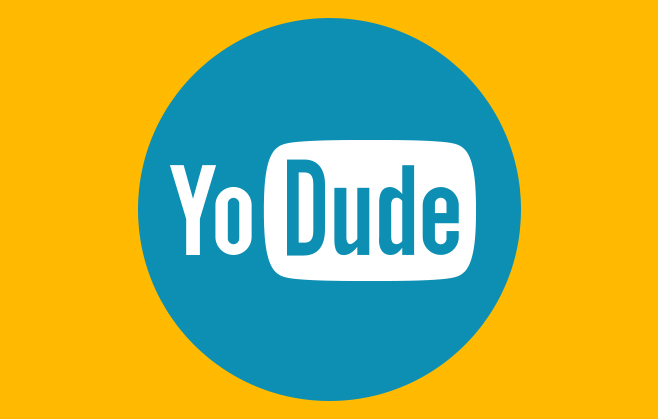
YouTube launches in-app messaging
Messaging apps are clearly where we spend most of our time when using our phones- and now YouTube wants to be a part of this too. Launched just recently, the platform’s new service will add a whole new dimension to video sharing.
The new feature, which began testing last week, enables users to share any embedded YouTube video within a chat tab on their mobile app, and discuss this with others. Those in the conversation will also be able to reply with other videos if they choose. The messaging service will currently only be for sharing videos and sending text and “hearts”, when the user likes a piece of content- other elements such as image or sticker sharing won’t be enabled. And for now, only a select group of YouTube users will be able to try out the new feature, but they can still invite their friends to converse with them via the service.
YouTube’s new in-app messaging service seems like a logical next step for the company. With millions of users sharing and discussing YouTube videos on desktop as well as the likes of WhatsApp and Facebook Messenger, it only made sense for YouTube to enable this natively. And the platform’s original premise behind the idea, according to YouTube’s Director of Product Management Shimrit Ben-Yair, was to generate a greater amount of sharing, which the feature should hopefully encourage. This means more time spent on the app, without the need for viewers to head to another social platform and particularly Facebook and Facebook Messenger, which retain the lion’s share of mobile usage, and the most success rate with mobile advertising.
The downside to a native sharing feature though, is the fact that YouTube might see a decline in external traffic heading to its app from the likes of WhatsApp and other social media channels, and the question to raise is- would these users still be active on YouTube anyway? If not, the app could be losing out on reaching a wider audience who ordinarily wouldn’t naturally visit the platform’s mobile site or app. There would also be less information regarding how YouTube app users would normally share videos too- whether that be on Facebook or a messaging app. This would in turn provide less insight into the most popular platforms where YouTube videos are shared, and how the company would be able to target audiences here.
There’s also set to be a lot of competition for YouTube- Amazon for instance just recently announced its own online video posting feature, which would essentially see the site have its own version of YouTube on desktop. The service is set to allow users to post videos to the site and monetise from advertising, just as they would on YouTube. With this, Amazon hopes to reach a larger customer base and appeal to its existing ones, with a particular focus on Prime members, who already receive video streaming as part of their package. However, with YouTube already firmly established as the number one video platform globally, it should be able to fend off much of the competition, and retain its highly-engaged user base.
What do you think about YouTube’s new feature? Do you think it will draw more users to the mobile app, or is it simply an unnecessary move from the company? We’d love to hear your thoughts, so please tweet to us @PracticeDigital and share your comments on our Facebook page.




